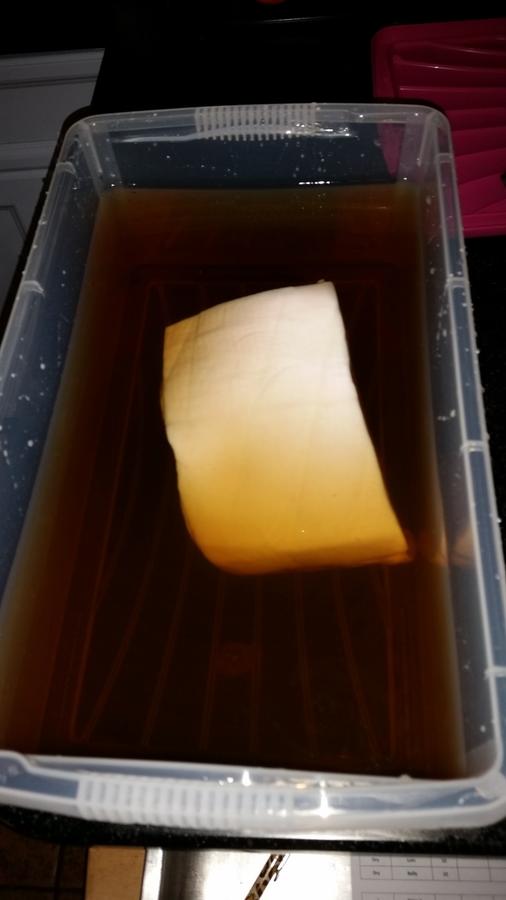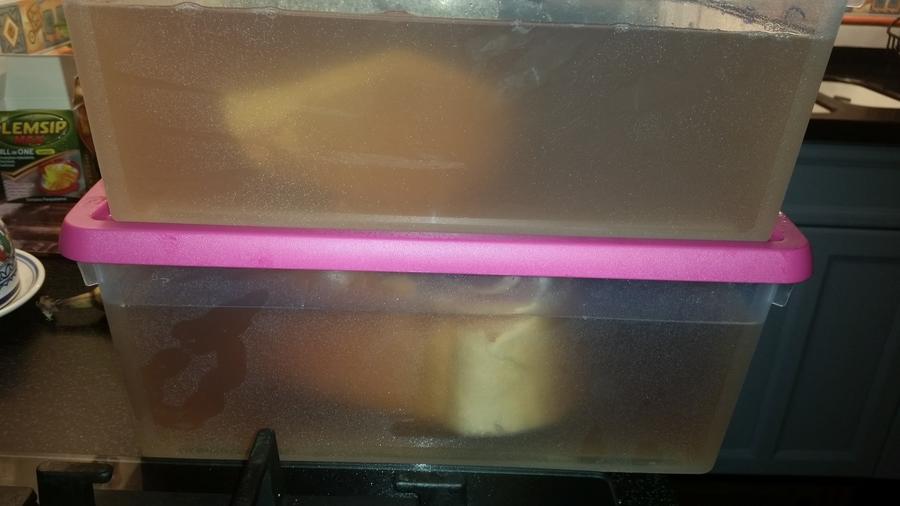I am primarily looking at the amount of Nitrite uptake during immersion curing using some of the more popular curing methods on here. Also to see how accurate the calculations are that are regularly cited on here for calculating the residual Nitrite at the end of the cure.
I still do not understand the intent of your experiment. Are you looking at the uptake in weight from soaking in the brine, or from injecting 10% pump into the meat?
Whilst I am looking at this I can also check for any weight increase in the meat as a result of the immersion - as one of the ways that was described on here for telling when the cure was complete was when the meat had increased in weight by 10%.
It is really a controlled validation exercise for some the different curing methods used on here so that people can confidently use them knowing (within reason) what the residual Nitrite is likely to be.
Although I have not included it in the methodology above, I will also be including a dry cure sample of pork loin to validate my own preferred method of curing. There is nothing quite as satisfying as having the quantitative evidence to confirm that what you are expecting is happening is what is actually happening.



















